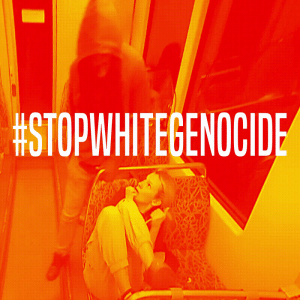Before he was Pope Leo XIV, or even Father Bob, he was the youngest of the three Prevost boys in the pews at St. Mary of the Assumption Parish on the far edge of Chicago’s southern border.
{snip}
Today, the old Catholic enclave on the South Side of Chicago has essentially disappeared, with institutions shuttered and parishioners dispersing into the suburbs. Attendance at St. Mary of the Assumption declined drastically over the years, and the congregation merged with another dwindling parish in 2011. The combined parish merged with another two churches in 2019. The old St. Mary building has fallen into disrepair, with graffiti scrawled behind the altar.
That transformation is in many ways the story of Catholicism in America, as changes in urban and suburban landscapes crashed into demographic and cultural shifts that radically reshaped many Catholic communities.
“It’s one of the great dramas of 20th century U.S. history,” said John McGreevy, a historian at the University of Notre Dame and the author of “Parish Boundaries: The Catholic Encounter With Race in the Twentieth-Century Urban North.”
Because Catholic dioceses invested so heavily in their physical infrastructure, including church buildings and schools, white Catholics often stayed longer in their neighborhoods than white residents who fled when Black people began to move in the mid-20th century.
“Catholic parishes were neighborhood anchors in ways that no white Protestant or white Jewish institution was,” Dr. McGreevy said. “When Catholics of a certain generation were asked, ‘Where are you from?’ They would say, ‘I’m from St. Barnabas,’ ‘I’m from Holy Name.’”
Even in many changing Catholic neighborhoods, white residents eventually moved out.
{snip}
Donna Sagna, 50, has lived next door to the pope’s childhood home for about eight years, she said, during a period that has sometimes been troubled for the block.
She said she had seen drugs being sold near the pope’s former house. People moved frequently, Ms. Sagna said, often to escape the violence and crime in the neighborhood. She said she knew of no one who still lived on the block since the Prevost family days.
{snip}
In Dolton, 94 percent of residents were white and 2 percent were Black in 1980. By the 2010 census, 5 percent of Dolton residents were white and 90 percent were Black.
{snip}
The post Pope’s Childhood in a Changing Chicago Tells a Story of Catholic America appeared first on American Renaissance.
American Renaissance




 T1
T1



